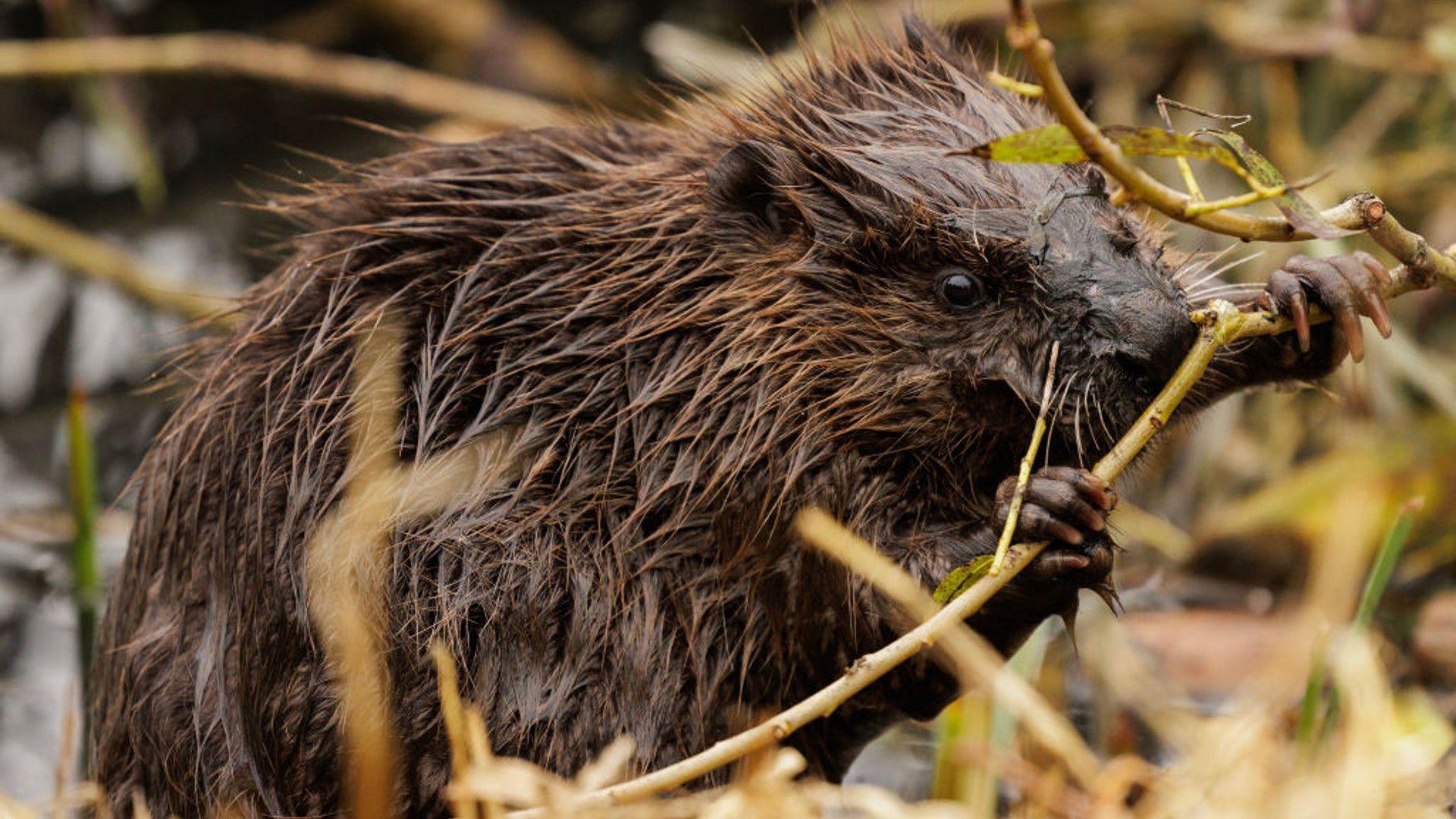Five seabirds species added to conservation red list
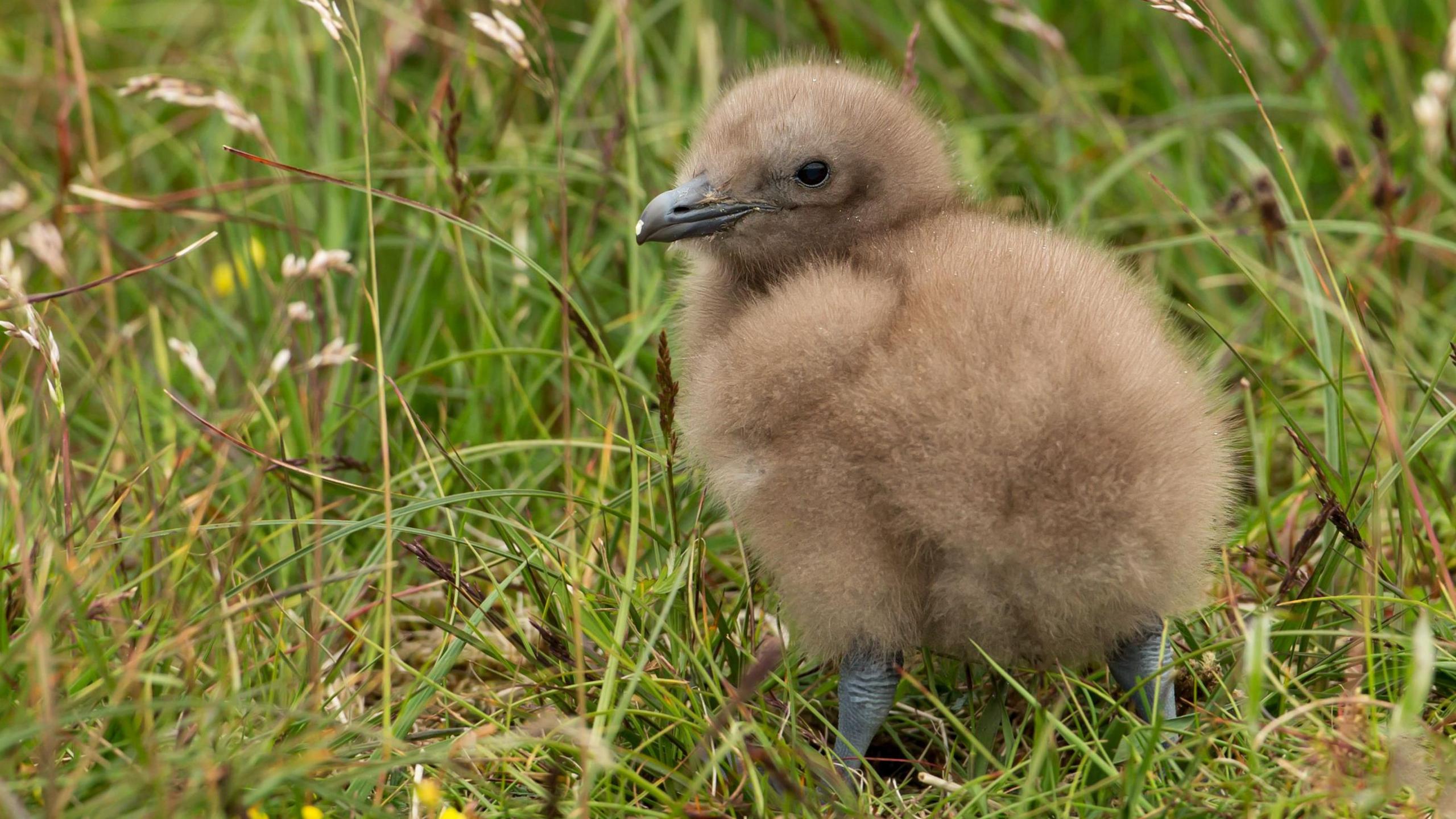
Five more seabird species are now on the red list including the Great Skua
- Published
Five seabirds have been added to the UK's 'red list' - this means they are at real risk of dying out - of becoming extinct.
Scientists looking at the country's breeding populations say that the Leach's Storm-petrel, Common Gull, Great Black-backed Gull, Arctic Tern and Great Skua are among Britain's most at risk birds.
They join another five threatened species already on the red list - the Kittiwake, Herring Gull, Roseate Tern, Arctic Skua and Puffin.
The update has been carried out by a group of the UK's leading bird conservation organisations. It follows the recent assessment of 28 seabird species.
Brilliant bird stories
Birds learning bad language from naughty parrots at wildlife sanctuary
- Published30 August 2024
Look, who's squawking? The parrots that like to video call
- Published2 May 2024
Wildlife Photographer of the Year 2024: Organisers release stunning pictures
- Published29 August 2024

Why are these seabird populations threatened?
The birds were categorised as red, amber or green-listed depending on how threat to their survival.
A number of issues are being blamed for the decline, including climate change, overfishing, birds getting tangled in fishing gear, invasive predators and offshore renewable energy development, built in important places where the birds find food.
Outbreaks of bird flu have also affected populations.
Katie-jo Luxton, global conservation director for the RSPB said "urgent action" needs to be taken to help numbers recover.
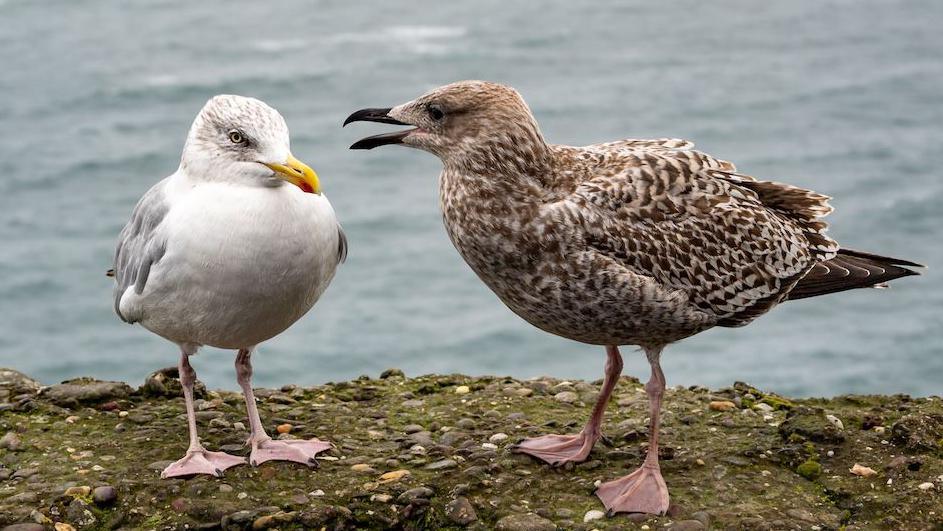
What is being done to help seabirds?
The England Seabird Conservation and Recovery Pathway has made a list of actions to help.
A decision to ban fishing for sand eels in the English and Scottish waters of the North Sea - has been praised as a positive step by conservationists.
This means the birds are not competing with humans when it comes to finding certain foods.
There have also been "promising results" from projects to remove invasive predators - foreign species - from seabird islands across the UK.
David Noble, principal ecologist at the BTO, said: "Seabirds are an iconic part of nature along our coastlines, whether foraging on beaches and rocky shores, patrolling urban seafronts or breeding in spectacular colonies on cliffs.
"Continued monitoring, by volunteers as well as professionals, is essential to provide timely evidence of the impact of these and other threats, and to assess the effectiveness of any conservation actions."
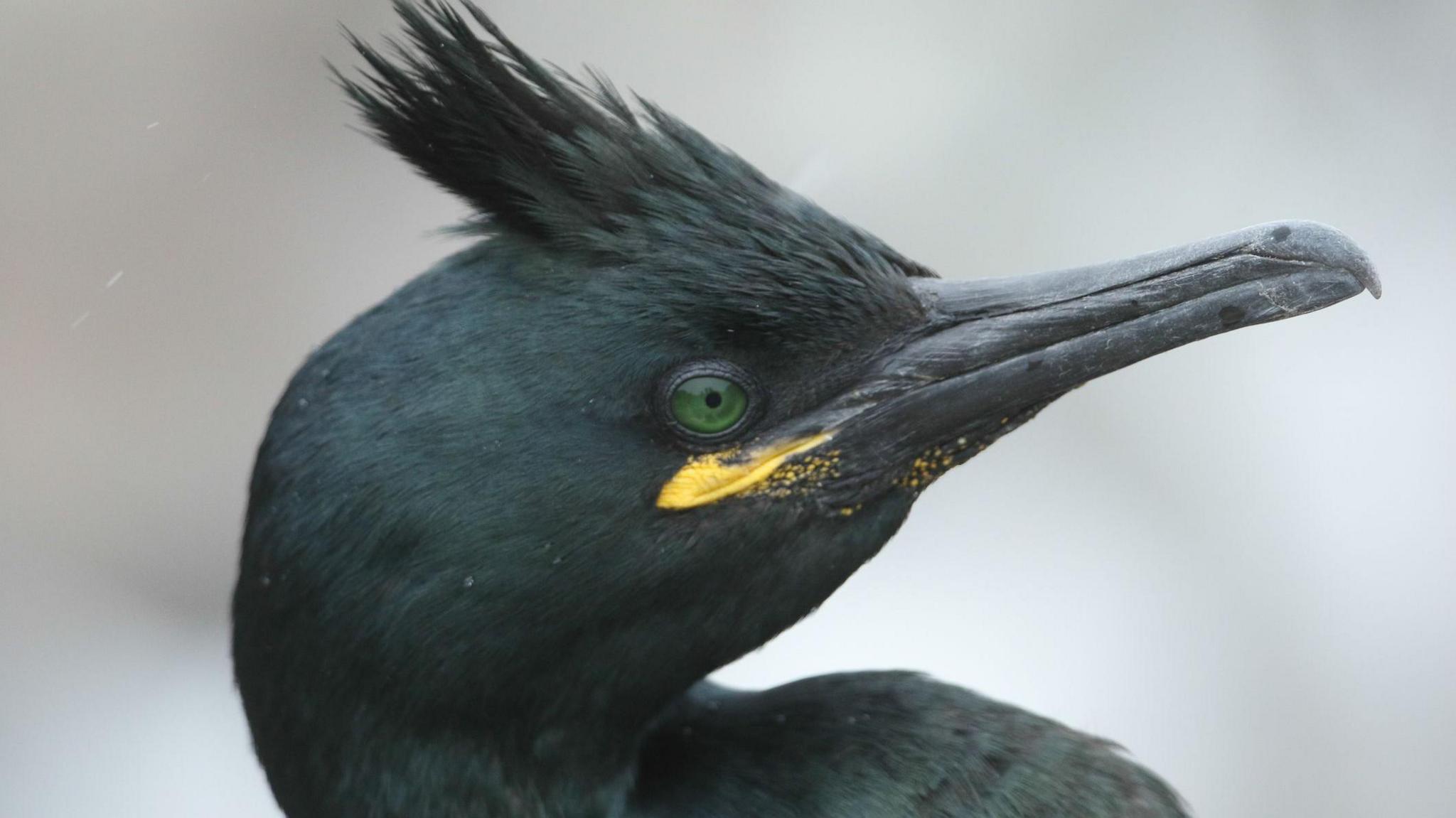
The Shag has moved from the red to amber list
More stories about UK wildlife
- Published28 September 2023
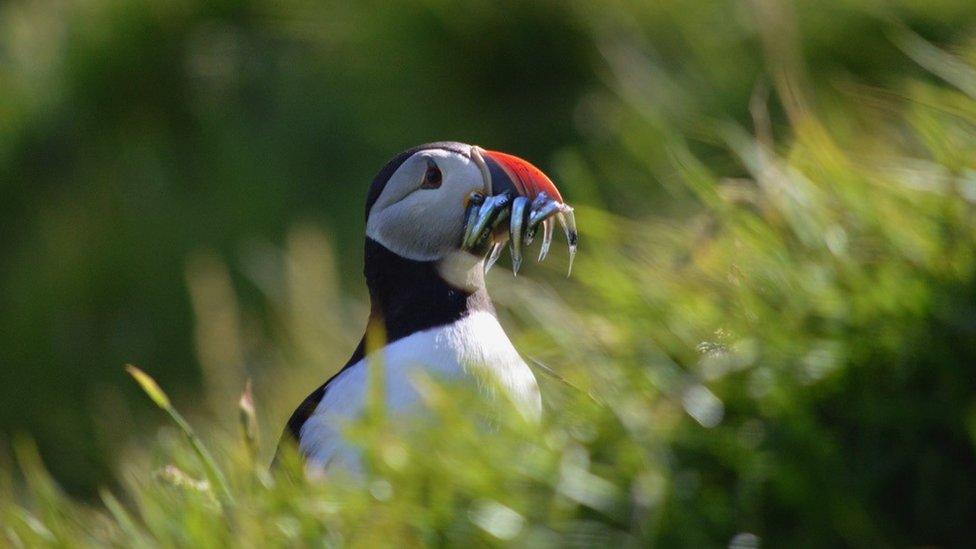
- Published19 August 2023
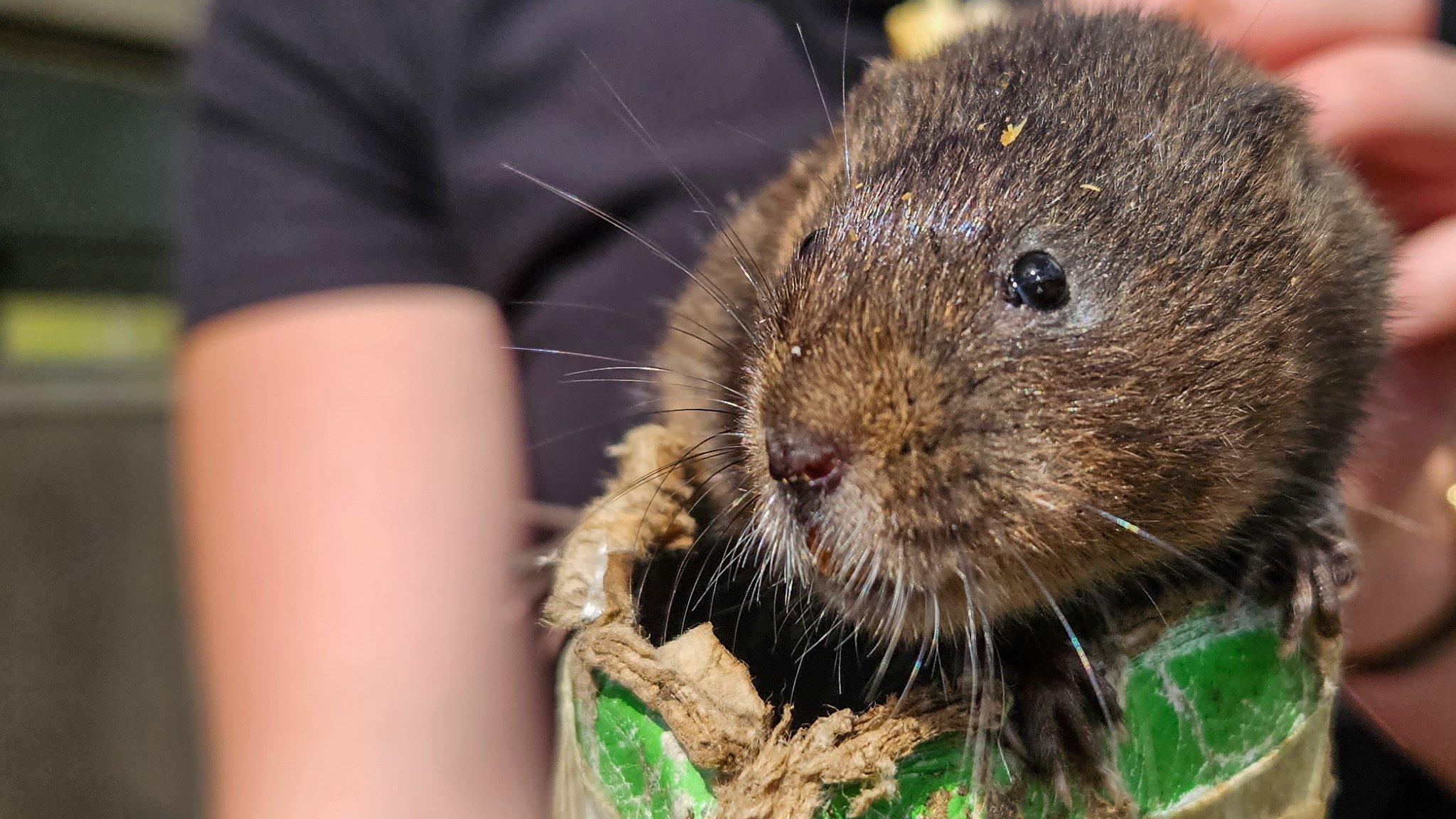
- Published29 August 2024
